-
Posts
139 -
Joined
-
Last visited
Content Type
Profiles
Forums
Gallery
Events
Posts posted by cotrecerf
-
-
- FriedClams, Valeriy V, Keith Black and 3 others
-
 6
6
-
-
-
17 hours ago, kurtvd19 said:
The Nautical Research Guild is proud to offer a reprinting of Steel’s Tables compiled and arranged by Yuri Miroshnikov for Model Ship World and the Nautical Research Guild.
If you have ever tried to use Steel’s Tables for your masting and rigging, you will appreciate how much work went into this compilation. This book is a must-have for anyone building a British warship of the late 18th century. This version is arranged by the size of the ship, making it easy to find any information. This downloadable version is in .pdf format, allowing you to print only the pages you need for your current project.
The price is only $10, $8 for members with your NRG discount. It is available in the NRG STORE
Hi Kurt,
many thanks to offer the valuable tables to us.
FYI:
I made a payment prior to the download and tried to activate the member discount code. Alas, it was not accepted by the system.
I hope iot is not due me to being not located in the US but abroad. I am definitely not worried for the 2 USD (take it as a donation) but I hope that it will work on future purchases from this site.
best regards
cotrecerf
- mtaylor and hollowneck
-
 2
2
-
I got my copy a couple of days ago and I gladly join the choir of fascinated readers of this outstanding book. It's a pity that there is apparently no hope for any follow-up volume. My compliments to Ian McLaughlan for his great work.
Joachim
- JpR62, mtaylor, Bob Fraser and 2 others
-
 5
5
-
-
I solved the same problem (90%) by wrapping the book in a thick layer of newspaper after spreading some baking soda on the outer sides of the book. Then I put the parcel into my deep freezer for a couple of days (4-6 days). After that I slowly unwrappped the book and brought it to normal temperature in a dry environment. The musty smell was strongly reduced, the remainder is not so bad and the more you scroll through the pages the more the smell will go.
Joachim
- Ryland Craze, thibaultron, shipman and 3 others
-
 6
6
-
-
-
Hello Amalio,
your clean and crisp work is just admirable.
- mtaylor, Knocklouder, Obormotov and 1 other
-
 4
4
-
Hi Garyshipwright,
in the ancre monograph of Venus frégate there is included a separate page with a side view of the ship showing the possible contemporary colour scheme. As it is an ancre item I trust that is is based on historical research.
rgds
Joachim
- mtaylor, thibaultron, Canute and 1 other
-
 4
4
-
Hello Valeriy,
happy to hear from you.
Your philosophic view of difficult times in life pleases me very well, and I am sure you have not forgotten to live to the fullest your easy, beautiful and happy times, too.
Your work is breathtaking as usual.
Best wishes and greetings
Joachim
-
A different approach to protect some silver soldering joints in short distances from each other is to use silver solder, mild, middle or hard (requiring the highest heat) in stepped succession, i.e. hard solder first and then down the temperature line. These silver solders are available in sheet or wire form.
-
Hello Valeriy,
I fully second your point of view regarding meticulous manufacturing methods based on long established data. To me this is a way of Zen aspect: whatever you do, do it as well as ever possible and fully concentrate on what you are actually doing.
best whishes to you.
an absolute admirer
-
-
JackAubrey,
many thanks for the ample and fascinating info on these boats and ships. Great photo collection; not so easy to shoot them under sailing conditions.
Yes, and I agree that the O'Brian naval novels are so enlightening for the era and always worth to re-read them. Each time I find new fascinating details to follow.
best regards
Joachim
-
Valeriy, this is a marvelous approach yielding a top product. You're so ingenious.
At your home, I hope all is well.
All the best to you and best regards
Joachim
-
Valeriy, I'm so glad hearing that you are well and able to continue your so impressive work.
It's a pleasure to follow your build and and always admire your super-fine detailing work.
All the best to you
- FriedClams, shipman, Keith Black and 4 others
-
 6
6
-
 1
1
-
On 5/6/2022 at 7:10 AM, Dr PR said:
Mike,
The shrouds will not be the same length exactly. The forward shroud is close outboard of the mast and the aft shroud is farther back. Since the mast has some rake (leans aft) the distance from the deadeyes to the mast top will be a bit different.
In Steels Elements and Practice of Rigging there is described the making of Shround and how to come to the necessary lengths from fore to aft of the respective mast:
David Steel: The Elements and Practice of Rigging and Seamanship
186*Shrouds made in the house
RIGGING PREPARED IN THE HOUSE.
THE RIGGING FOR THE LOWER MASTS.
SHROUDS. The cablet is warped round two iron fids, fixed in the floor, as distant from each other as the first warp is long. The length, which is the distance from the top of the bolsters at the masthead to the foremost dead-eye, is specified in the Table of Dimensions. One end of the cablet is made fast to the lower fid, and passed round the upper fid; and so on, alternately, one turn close to the back of the other, and each hauled tight by hand. The additional length, gained by the turns lying round each other, is sufficient for the lengthening of each pair of shrouds, as they rake aft. When the whole gang of shrouds are warped out, the bights at the lower end are cut through, in a strait direction with the fids.
The upper bights are designed for the eyes, and are marked round the middle, beginning at the inner one, with one piece of spun-yarn knotted, two for the second; and so on for the number required.
The outer turn is called SWIFTERS; and they are left four or five feet at each end longer than the shrouds, and have an eye spliced in them the circumference of the mast-head.
The shrouds, when cut to their length, are got up and stretched thus for worming: at the end of each length is made a bend; one end is passed through a pair of slings, fixed round a post, at the lower end of the house, and the other end through the strap of a treble block, and a fid thrust through each bend. The treble block is connected by its fall to a double block, lashed round a post, at the upper end, thus: The standing part of the fall is fastened to the becket, at the **** of the double block; then reeved through the first sheave of the treble block, then through the first sheave of the double block on the same side, and so on alternately, and the fall carried and attached to the windlass by three or four round turns. The windlass is put in motion by men, with levers, or handspecs, and each length thus stretched, hand-tight.
- mtaylor and Keith Black
-
 2
2
-
-
OOpps sorry Varleriy,
I should have considered that you have yor own detailed drawings for everything on the model.....
I see now that Ras Ambrosia has a need for such details So Ras for your perusal
- lmagna, mtaylor and popeye the sailor
-
 3
3
-
-
for further reference I add an index to a.m. plans:
- Keith Black, bruce d, mtaylor and 1 other
-
 4
4
-



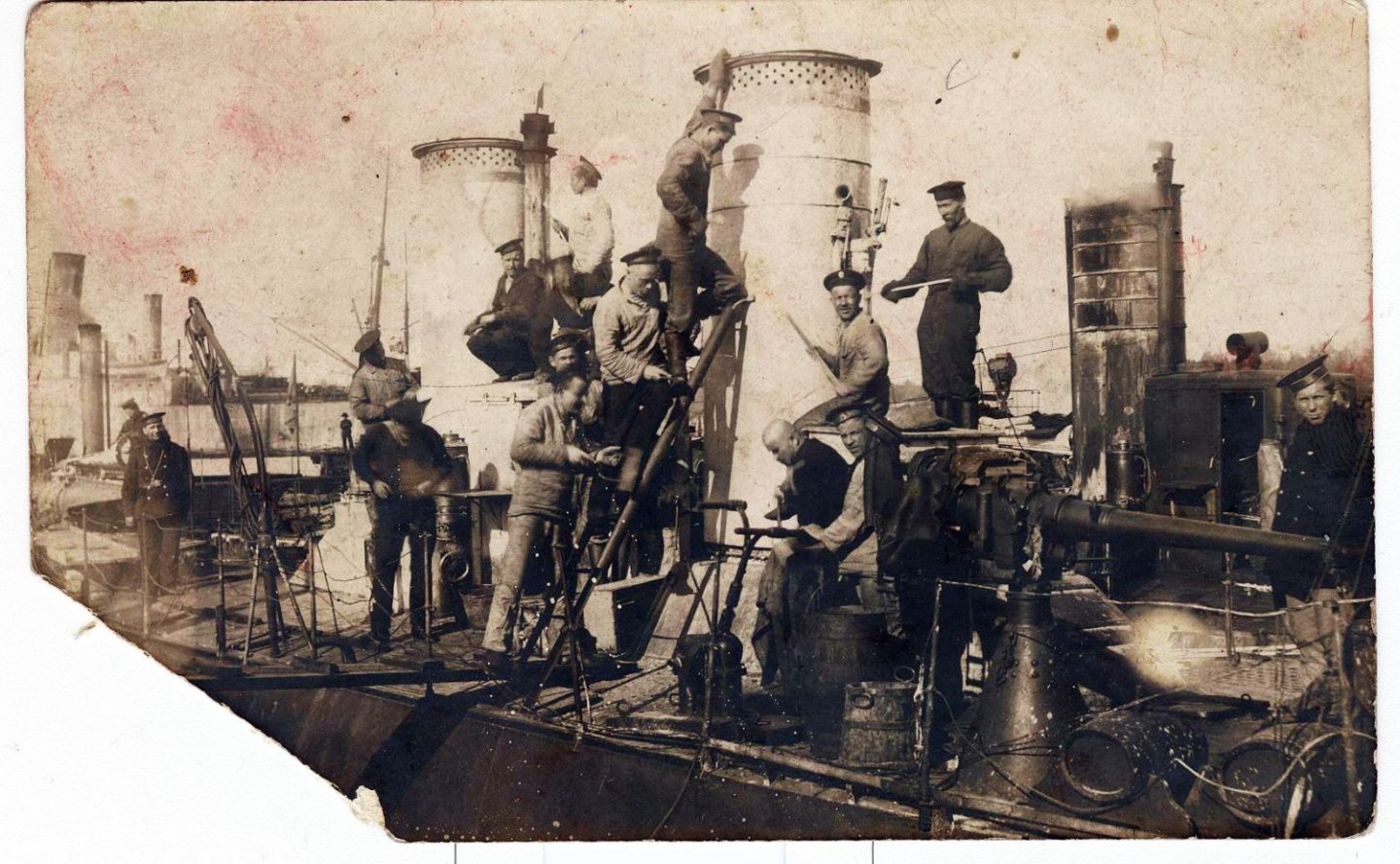
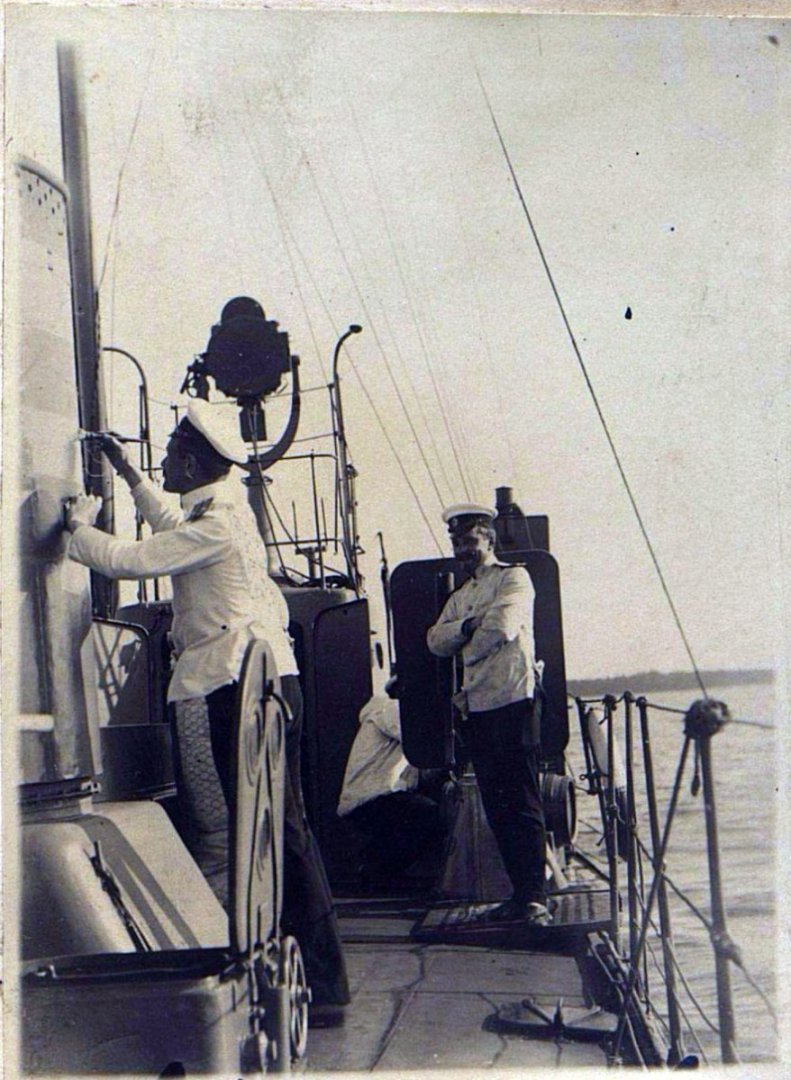
.jpg.f075b58727941a1cd0ab7c6ae9fffc8b.jpg.8737dc980f1351c1fbffa4b7b1d0baea.jpg)
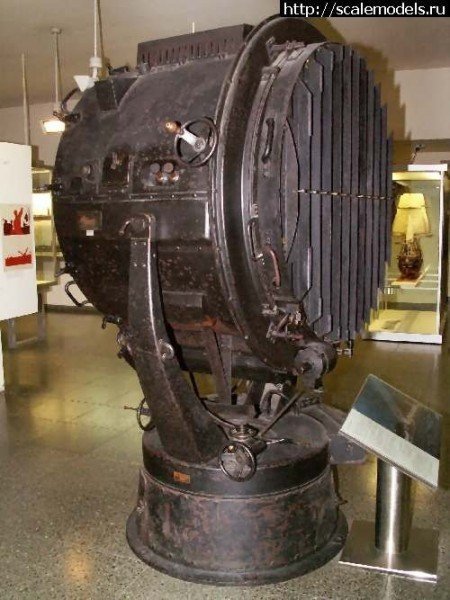
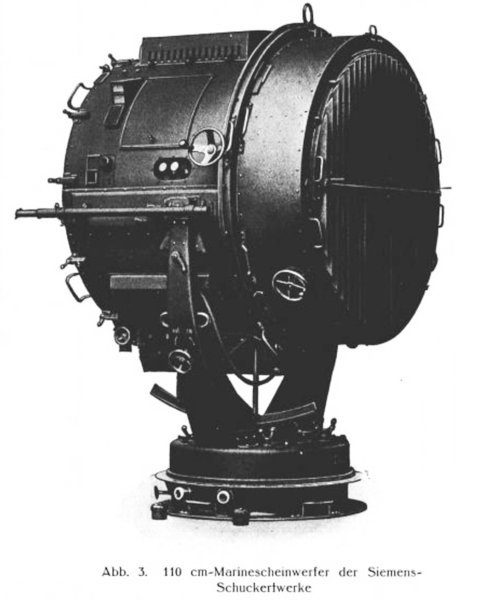
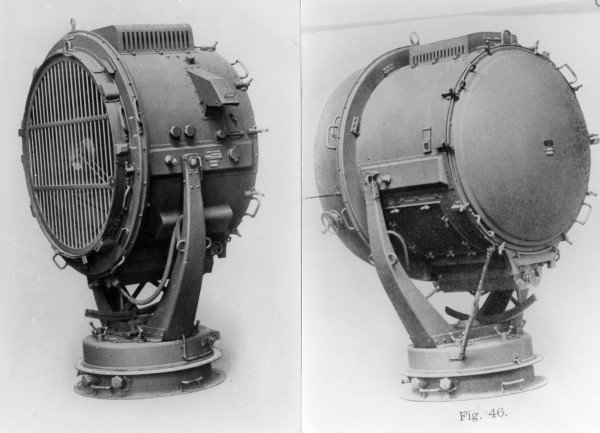
.jpg.a48b655f7935c472343958e8e5c55413.jpg)

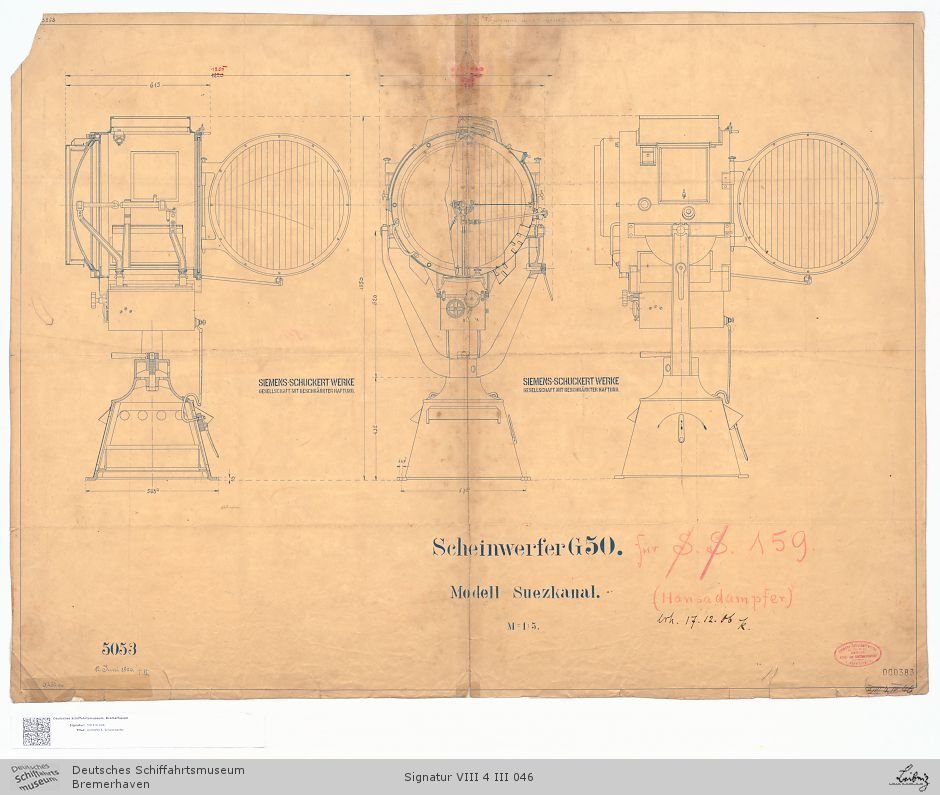
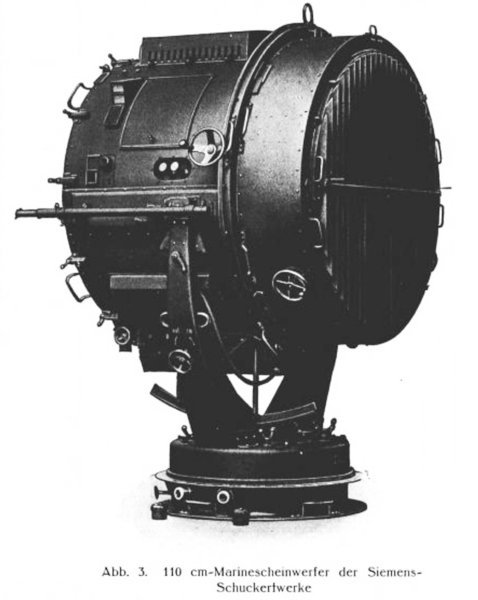
SS Blagoev ex-Songa 1921 by Valeriy V - scale 1:100 - Soviet Union
in - Build logs for subjects built 1901 - Present Day
Posted
Dear Valeriy,
and again: thank you very much for your technology insight...a lot to learn and to keep in mind as a reference for own projects.
I appreciate your adaptiveness to materials locally at hand as you are bringing me back from my tendency of applying technical "overkill".
I am looking forward to this fine built.
Best regards, greetings
Joachim